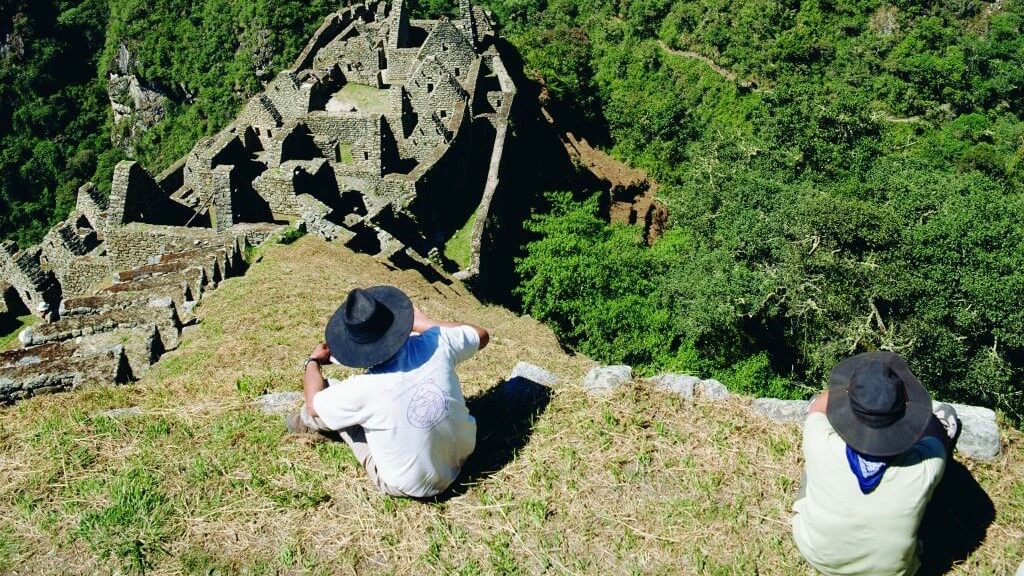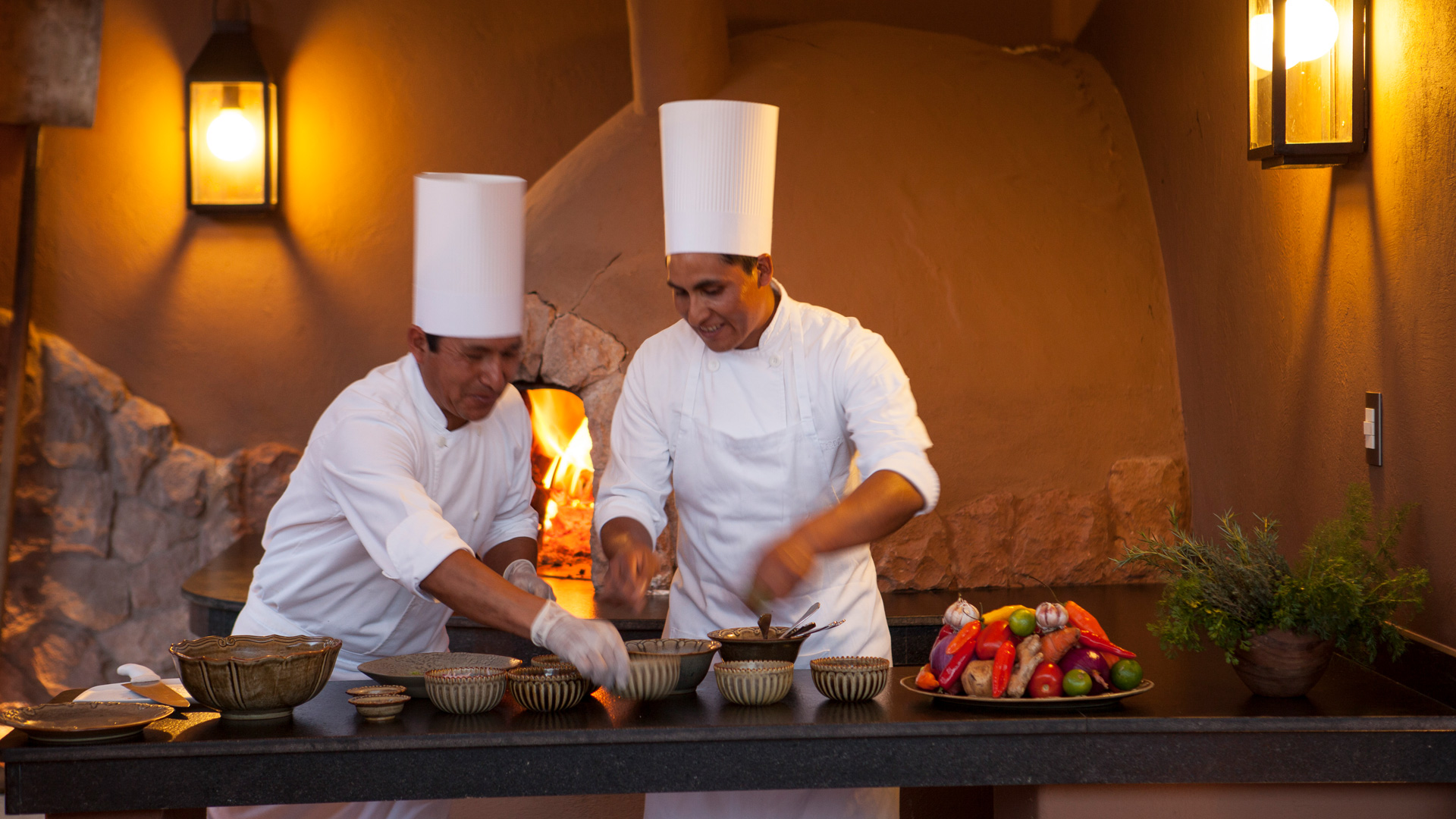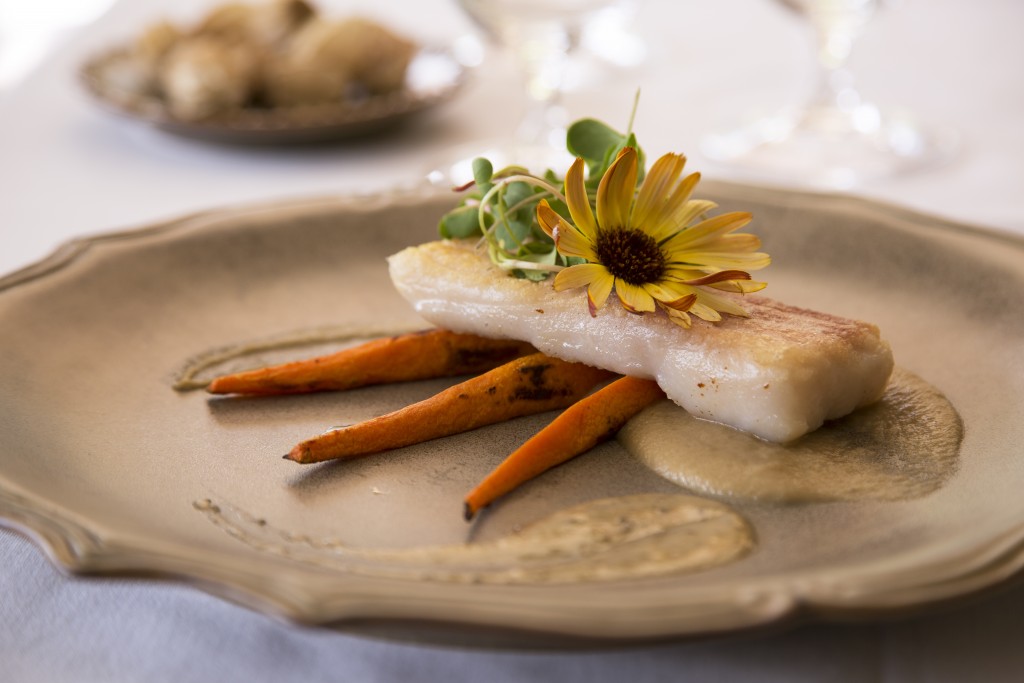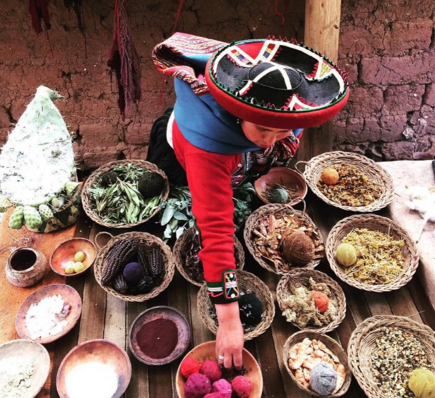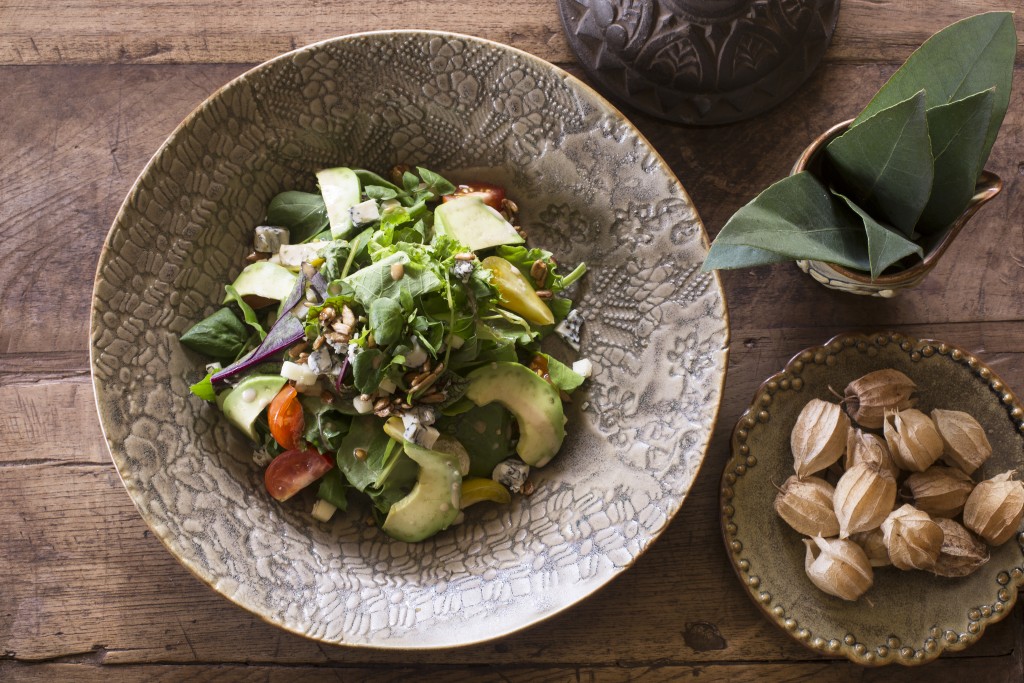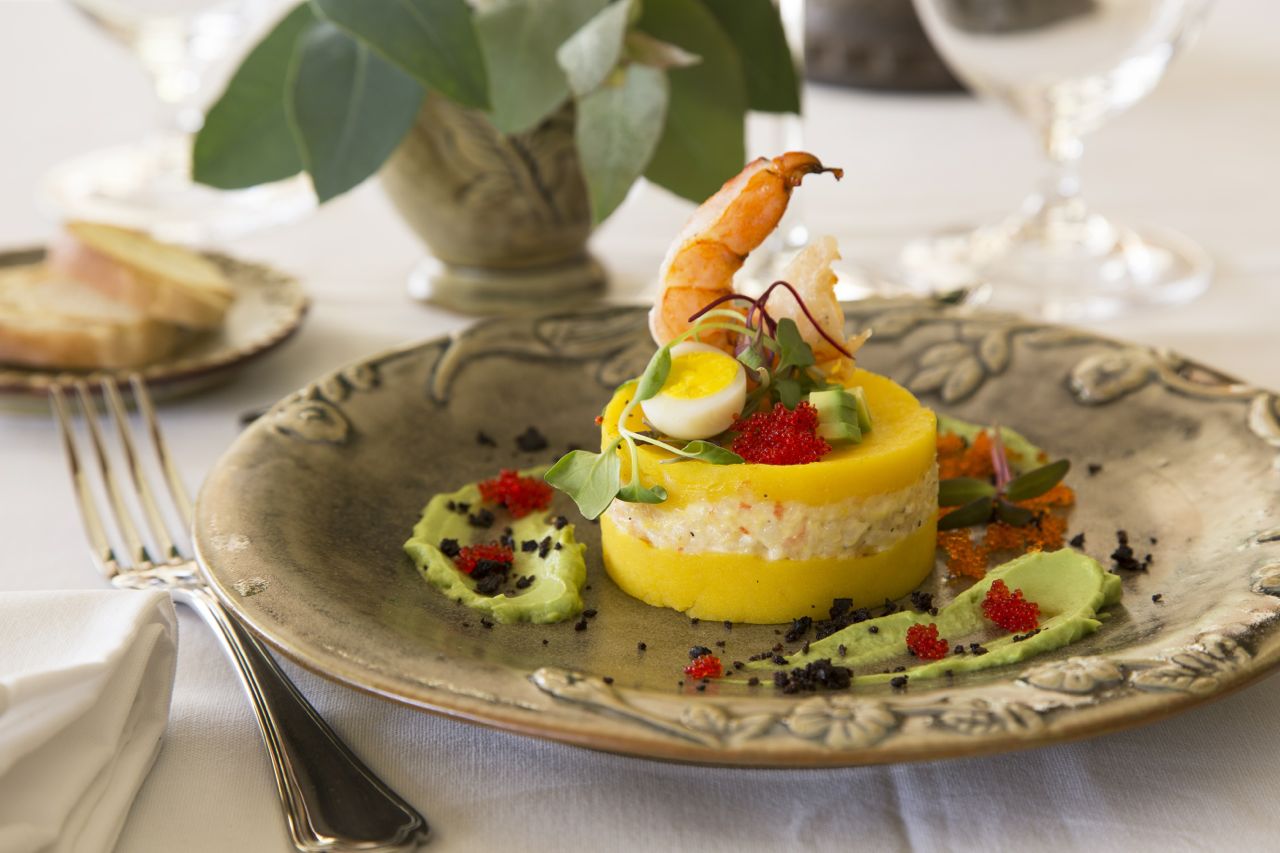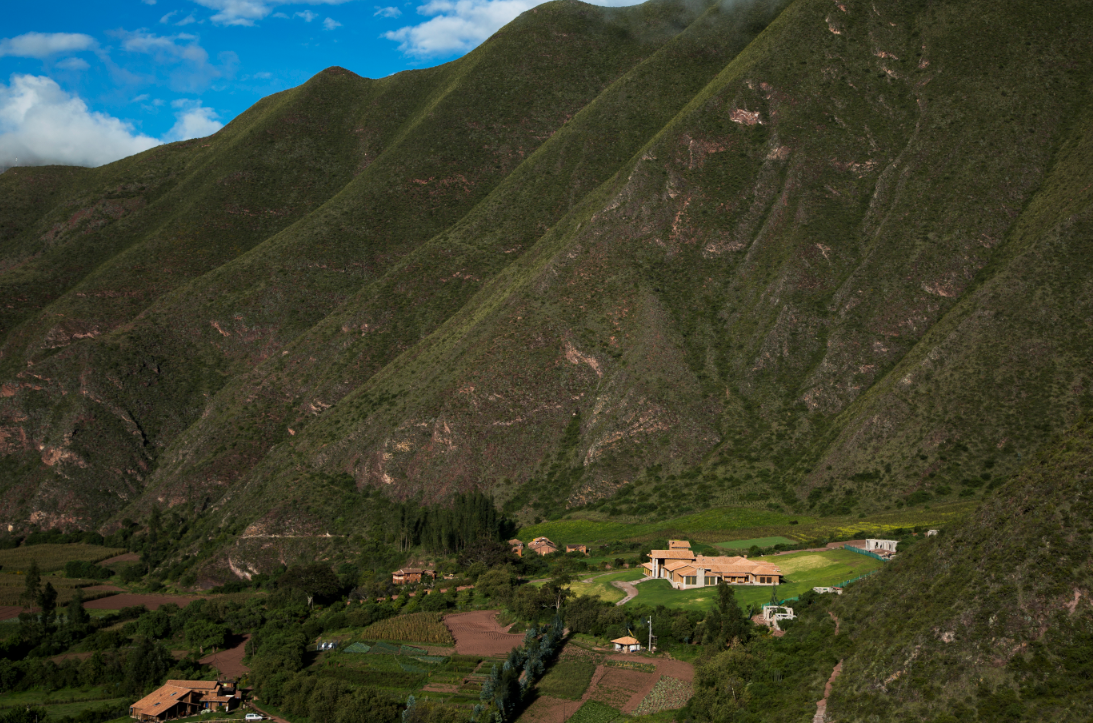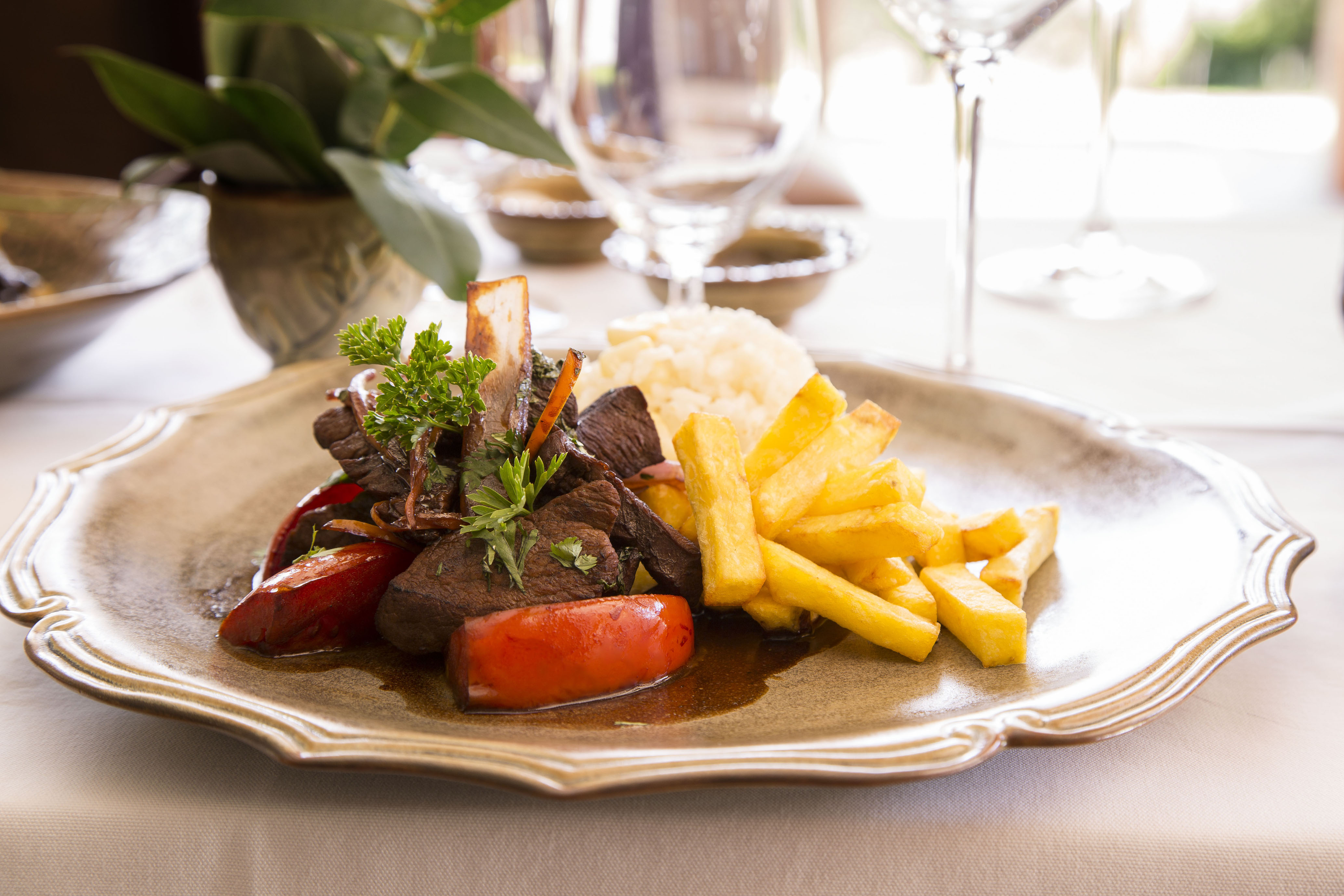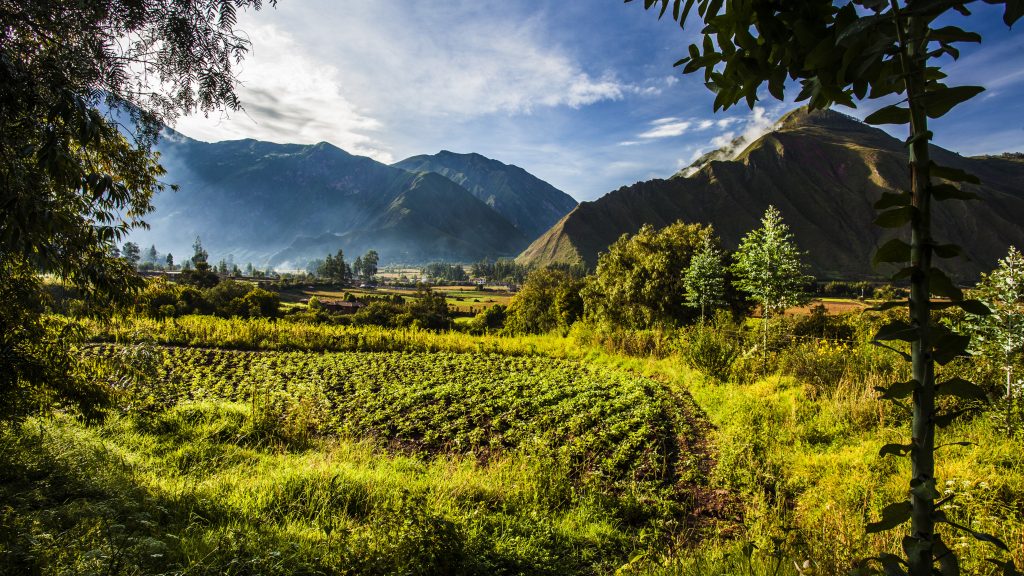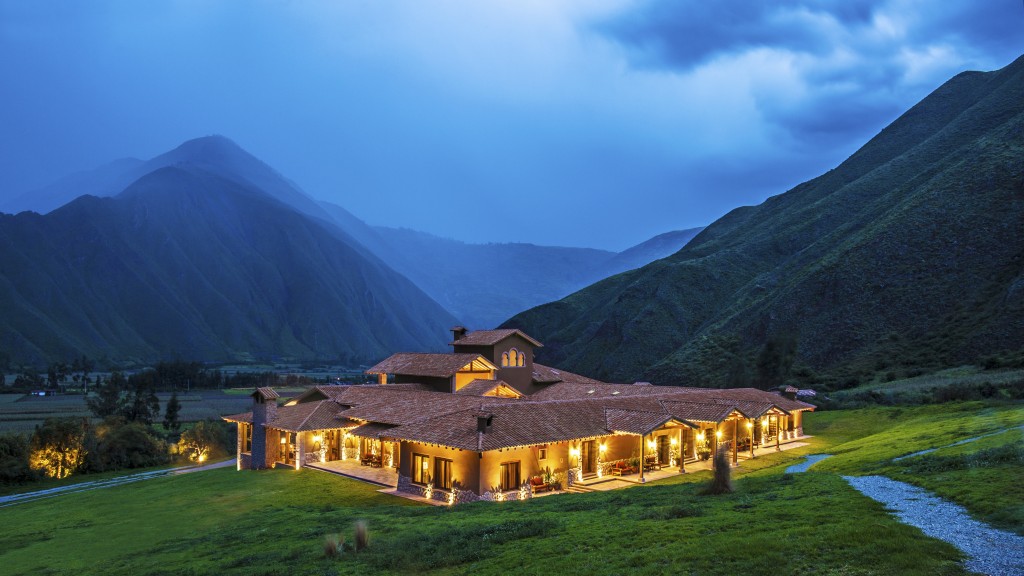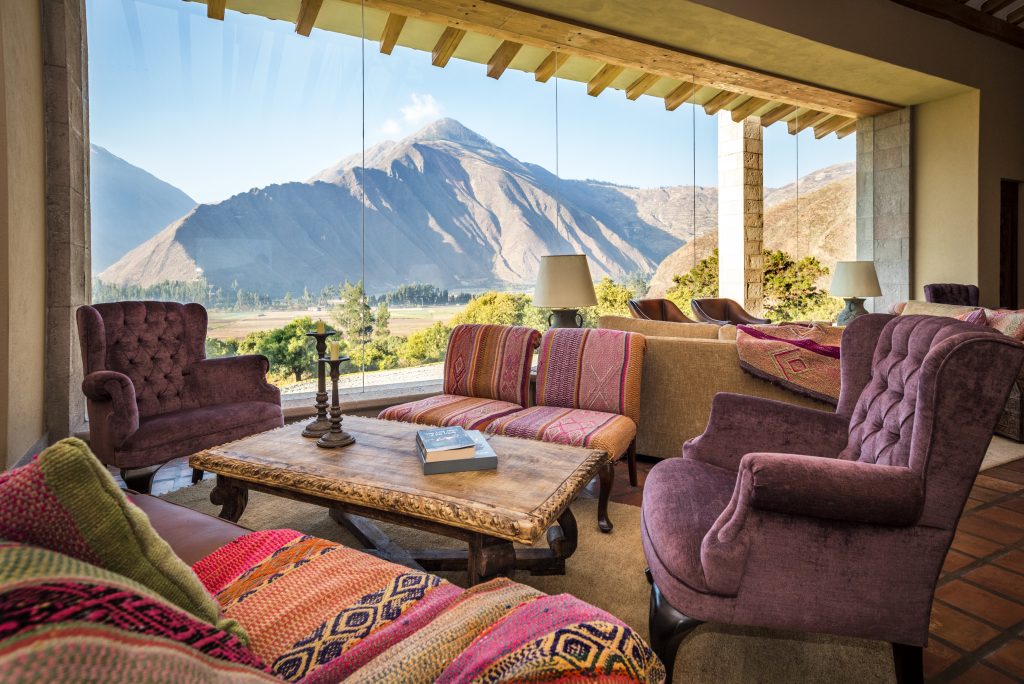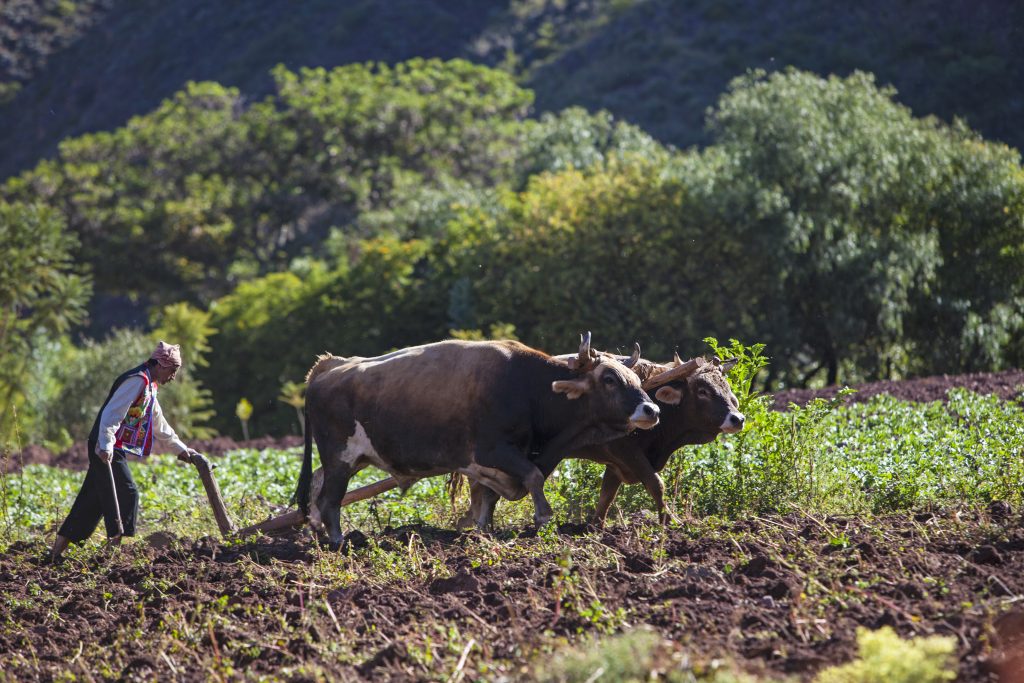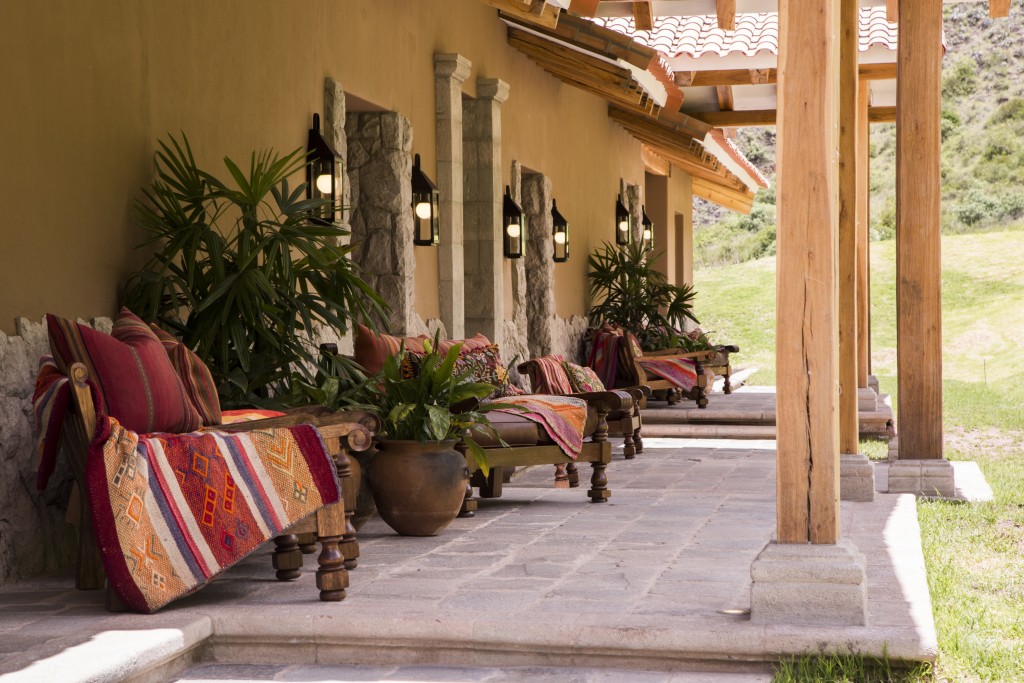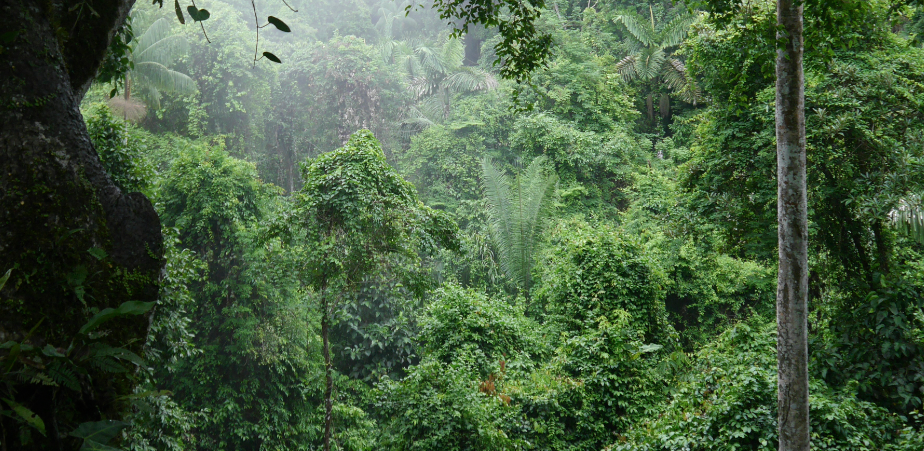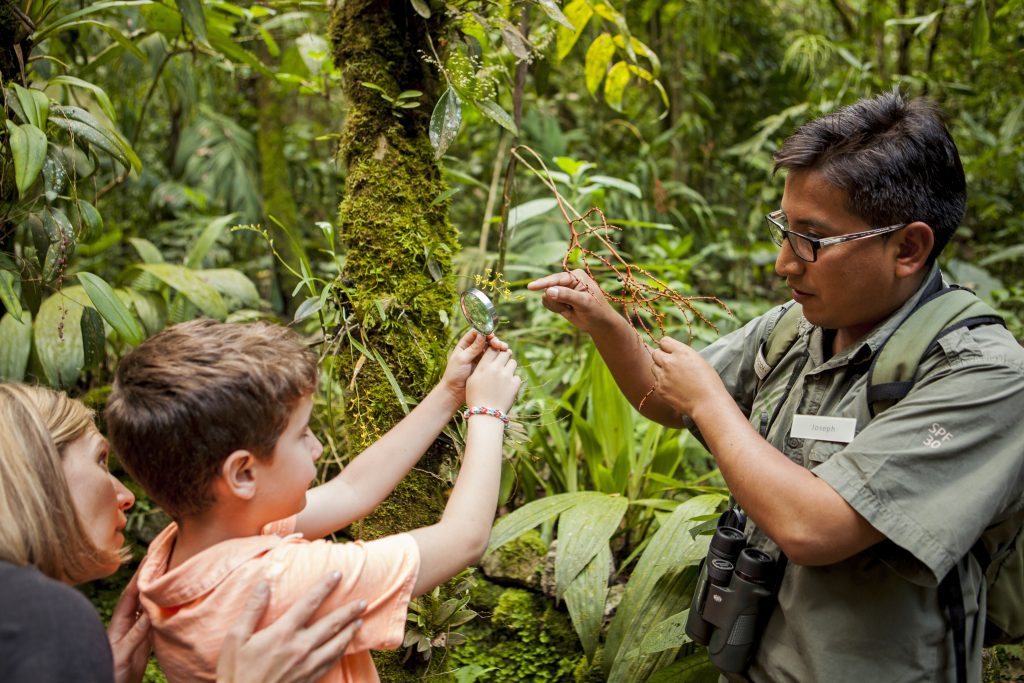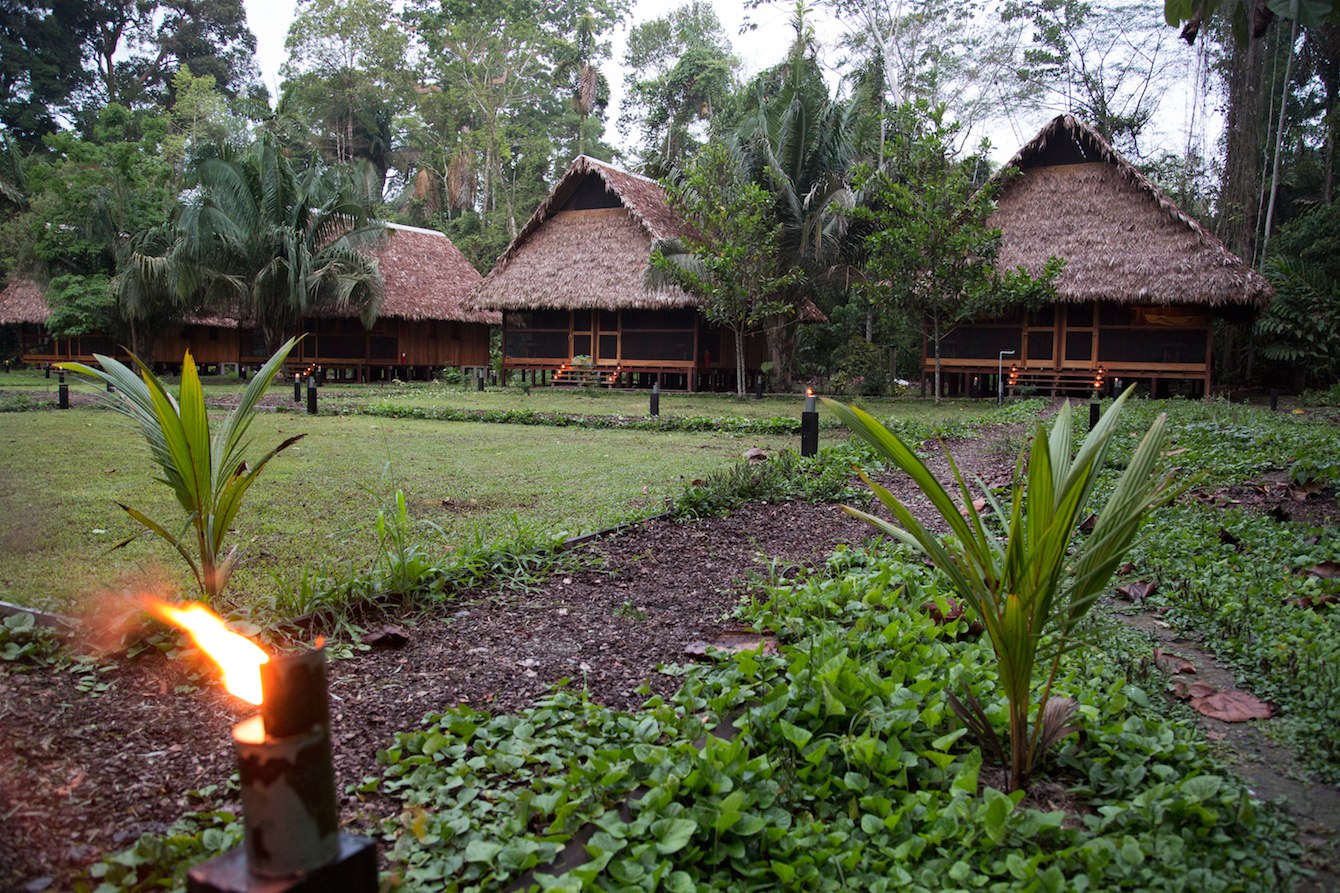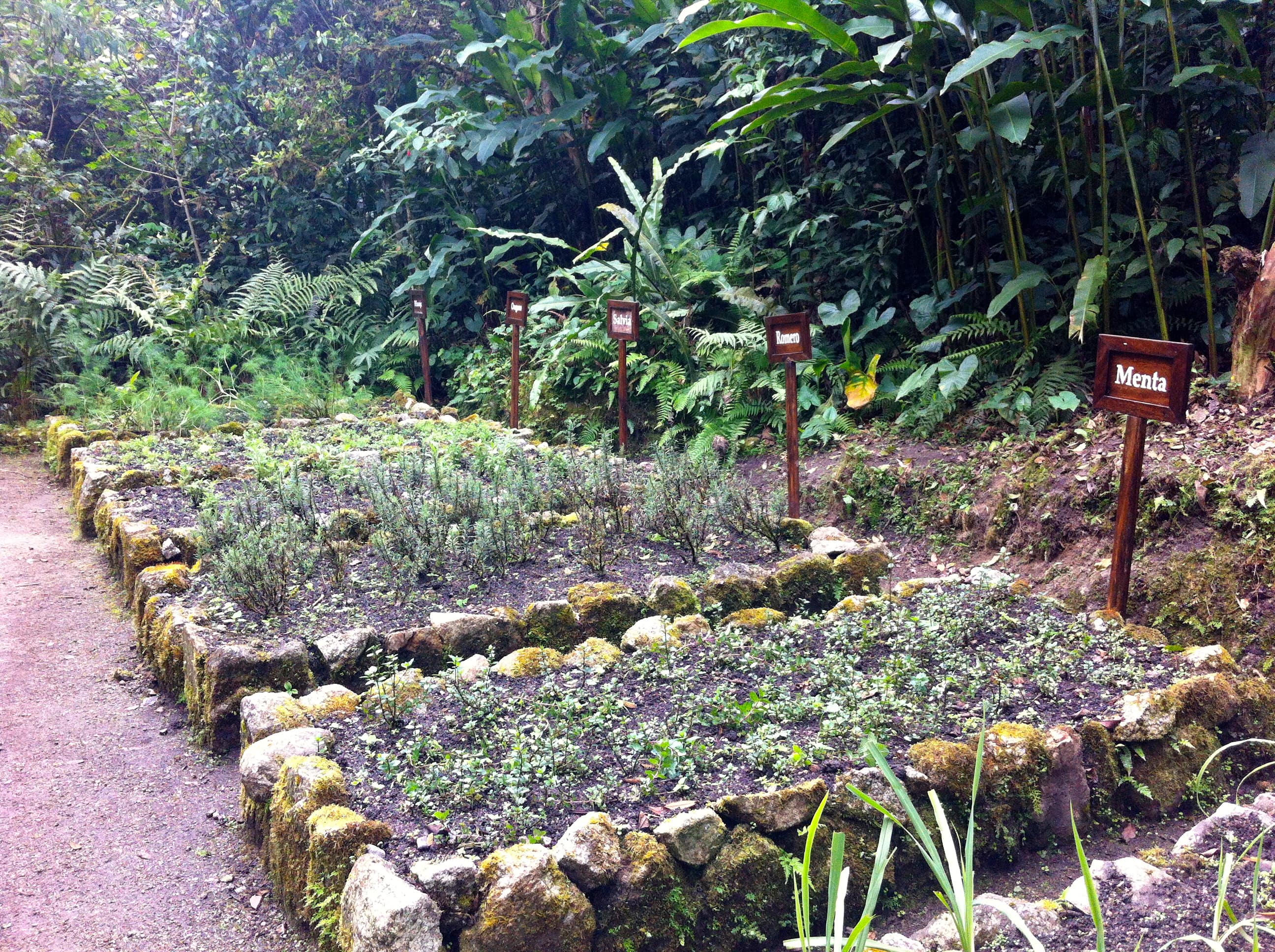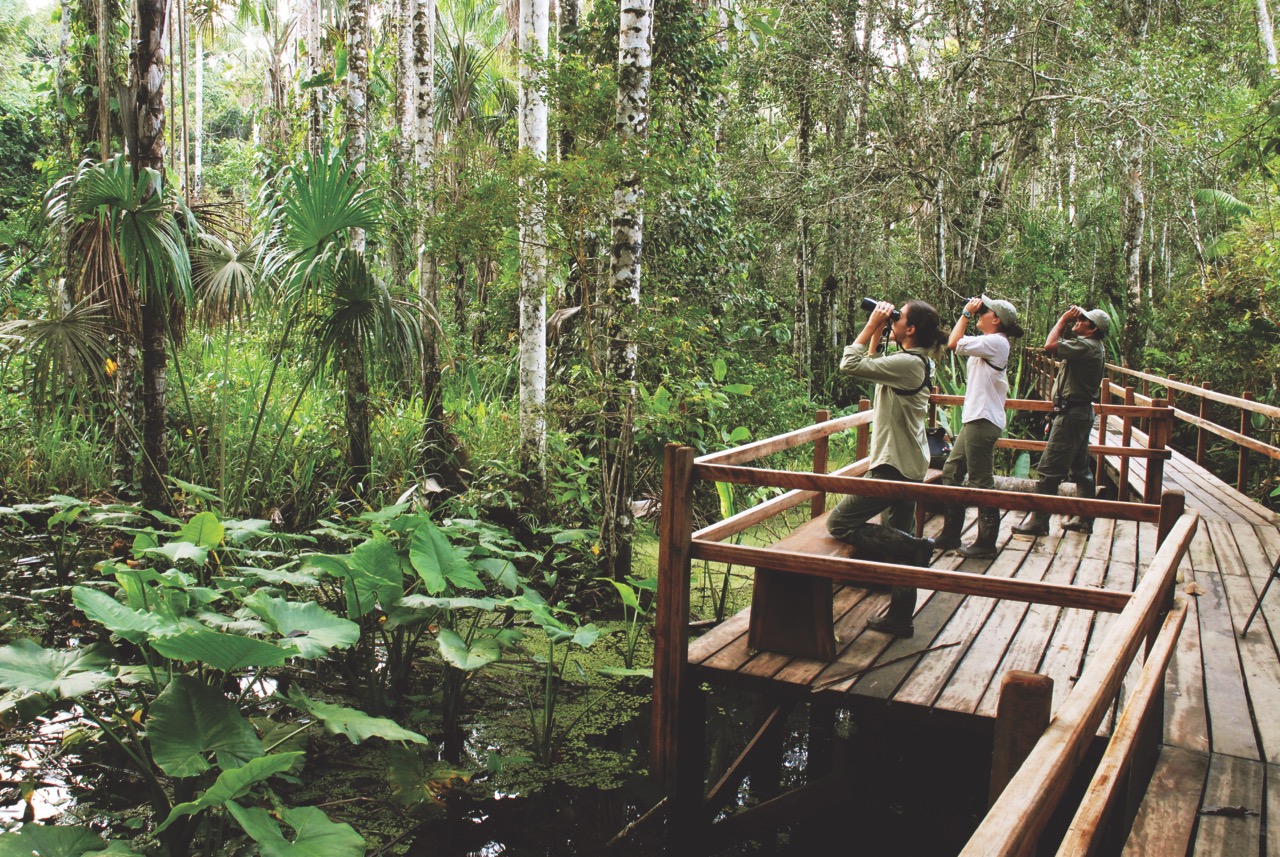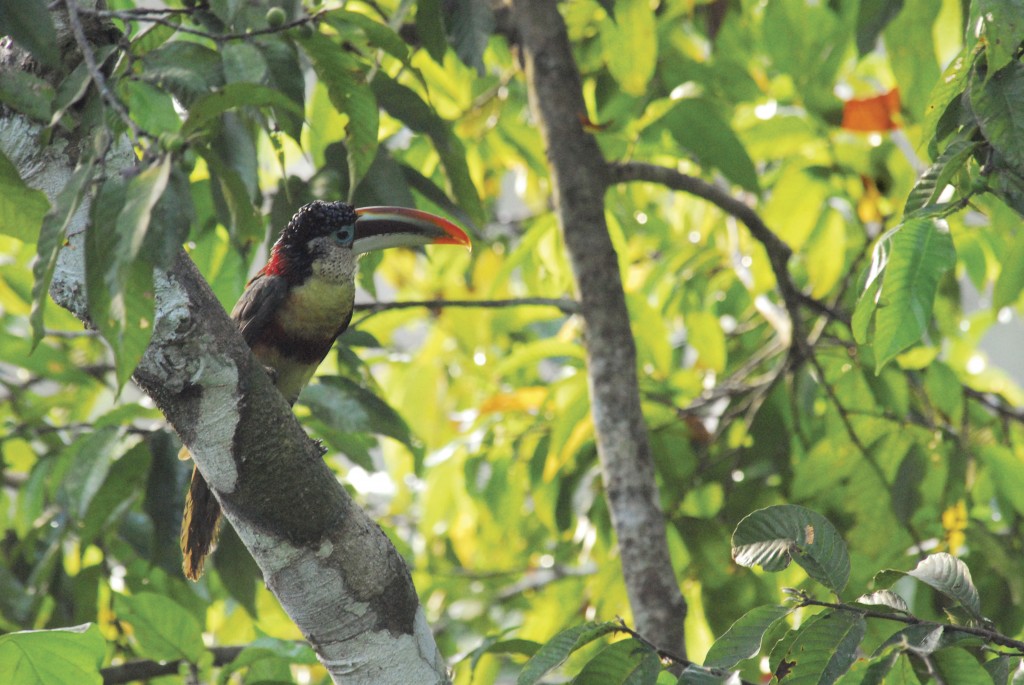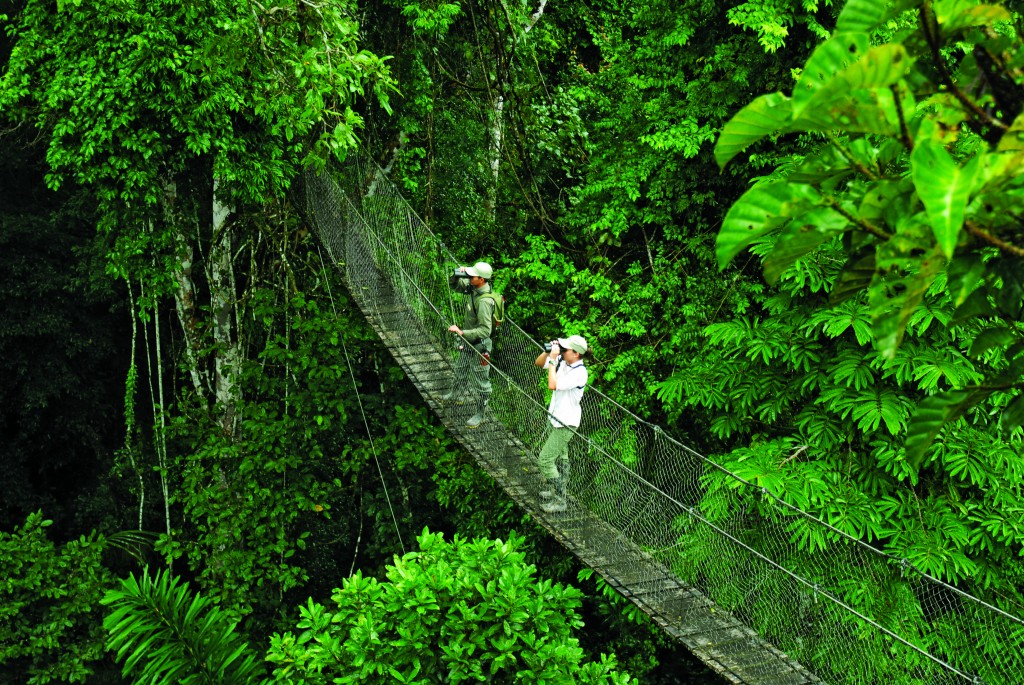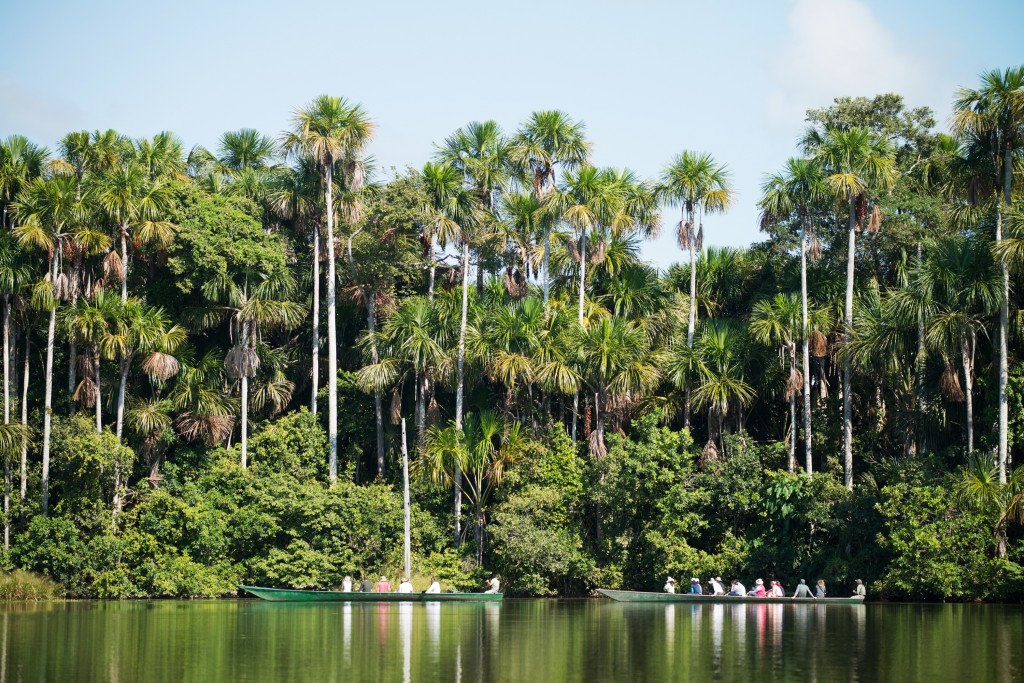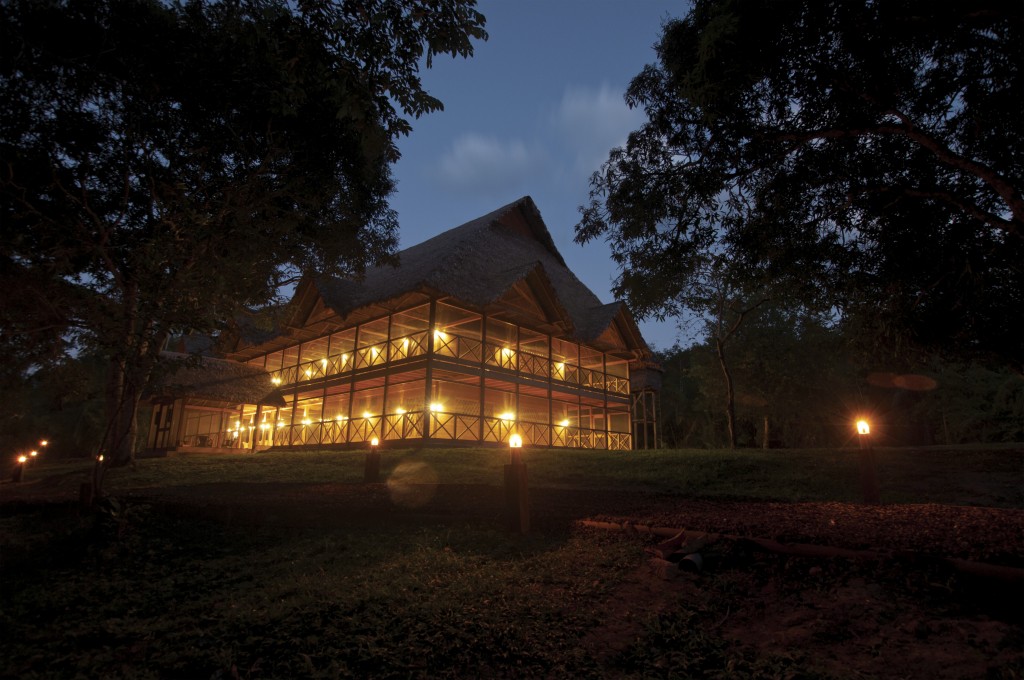Here in Peru we are in the midst of one of the biggest events of the year: it’s the return of Semana Santa.
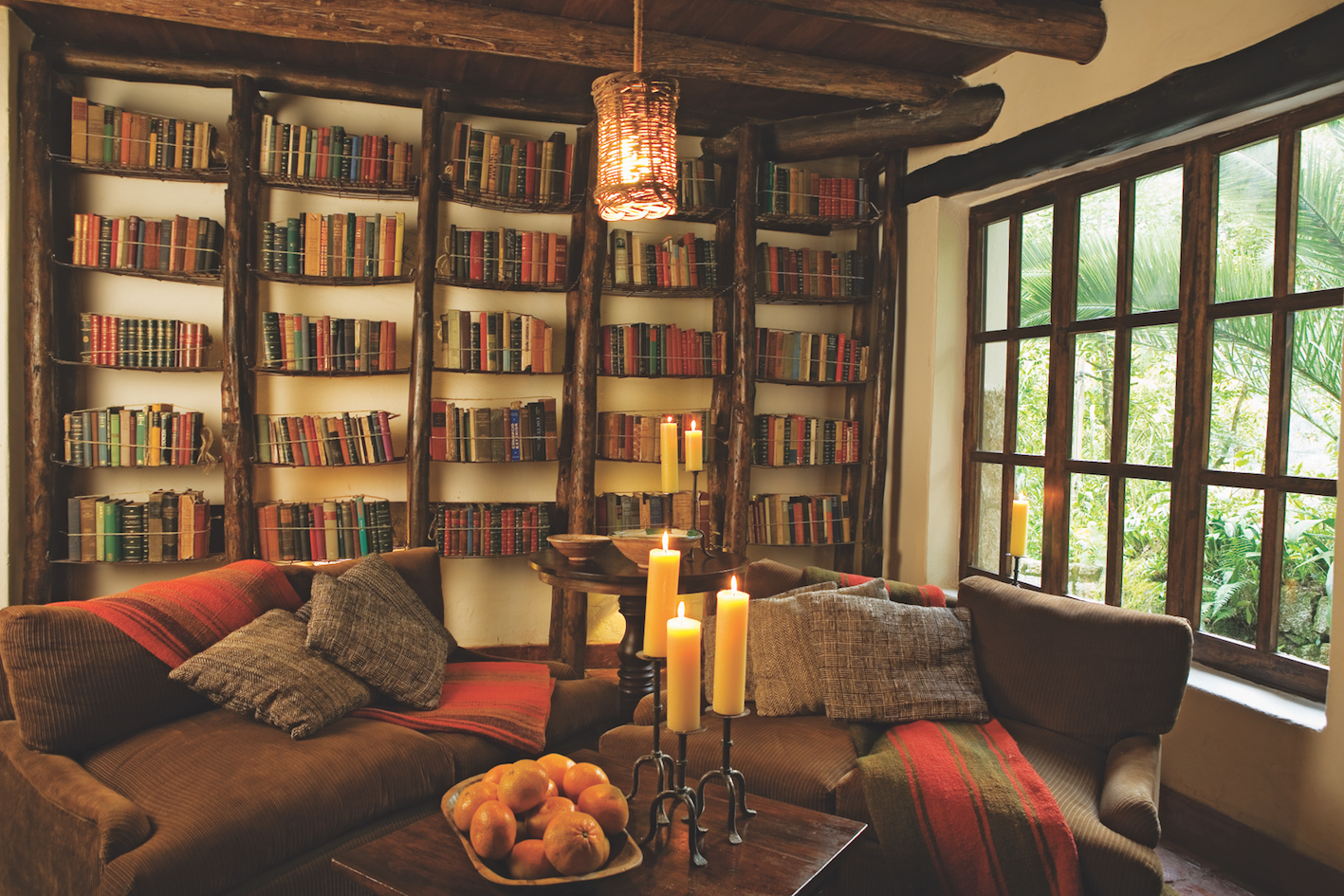
Commencing on Sunday 25th March with Domingo de Ramos and concluding on 1st April 2018 with the Resurrection of Christ, Semana Santa is considered a period of recollection, commemorating the life, passion and death of Jesus. Visitors from all corners of the globe come together to join the festivities and to celebrate the cultures and traditions passed down the generations.
Those attending Peru’s religious celebrations can choose to stay in one of Inkaterra’s luxury offerings, peppered across the country, from the mists of the Andean Cloud Forest at Inkaterra Machu Picchu Pueblo Hotel, to relaxing at Inkaterra Hacienda Urubamba, nestled in the heart of the Sacred Valley of the Incas.
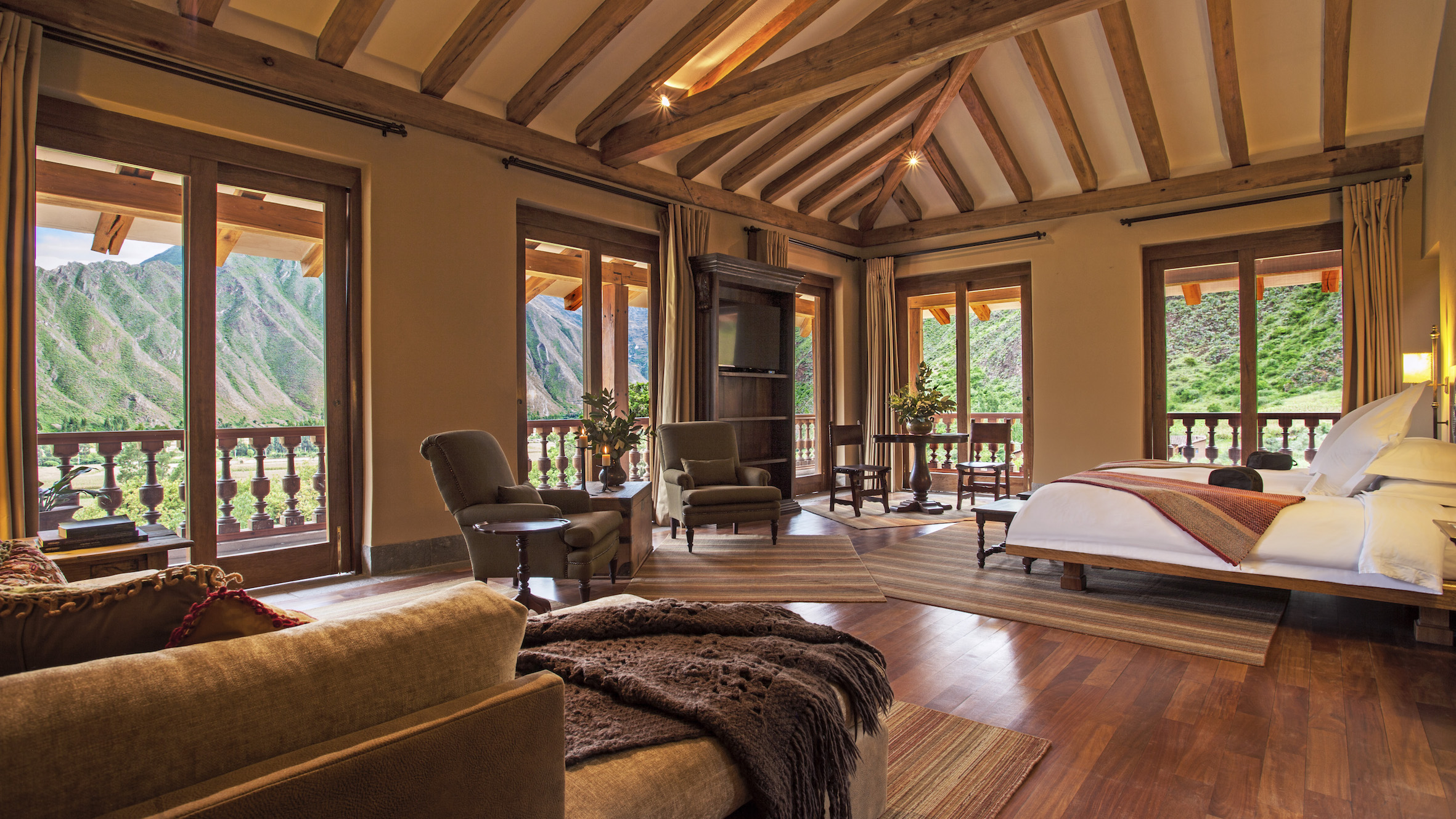
In Cusco, the religious festival begins on Palm Sunday (25th March) where crowds gather to attend Mass at the Cathedral on the Main Square.
The next day, Holy Monday, is one of the most significant days during the week: it involves the famous procession of El Señor de los Temblores (The Lord of Earthquakes). This saint brings great importance to the city of Cusco: in 1650, its figure was brought out from the Cathedral to successfully terminate a powerful earthquake which was destroying the city, thus saving the lives of many. As a result, Cusco celebrates this saint on the Monday of Holy Week by adorning the figure with red ñucchu flowers and parading him so that all can catch a glimpse of their local hero.
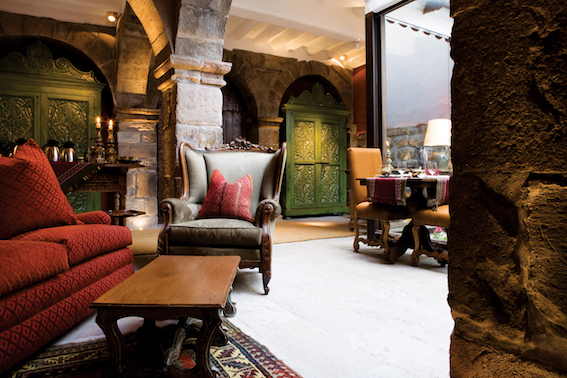
Another large part of the celebrations during Semana Santa are the culinary offerings. Visitors will experience the 12 traditional dishes of the Cusco region, prepared on Easter Friday, in commemoration of the 12 disciples for the Last Supper. Dishes traditionally feature a range of Andean plants, vegetables grown in the area, and varying types of fish. The pièce de résistance, however, is the dessert: ranging from arroz con leche and mazamorra to empanadas de Semana Santa, visitors will not be bored nor go hungry.
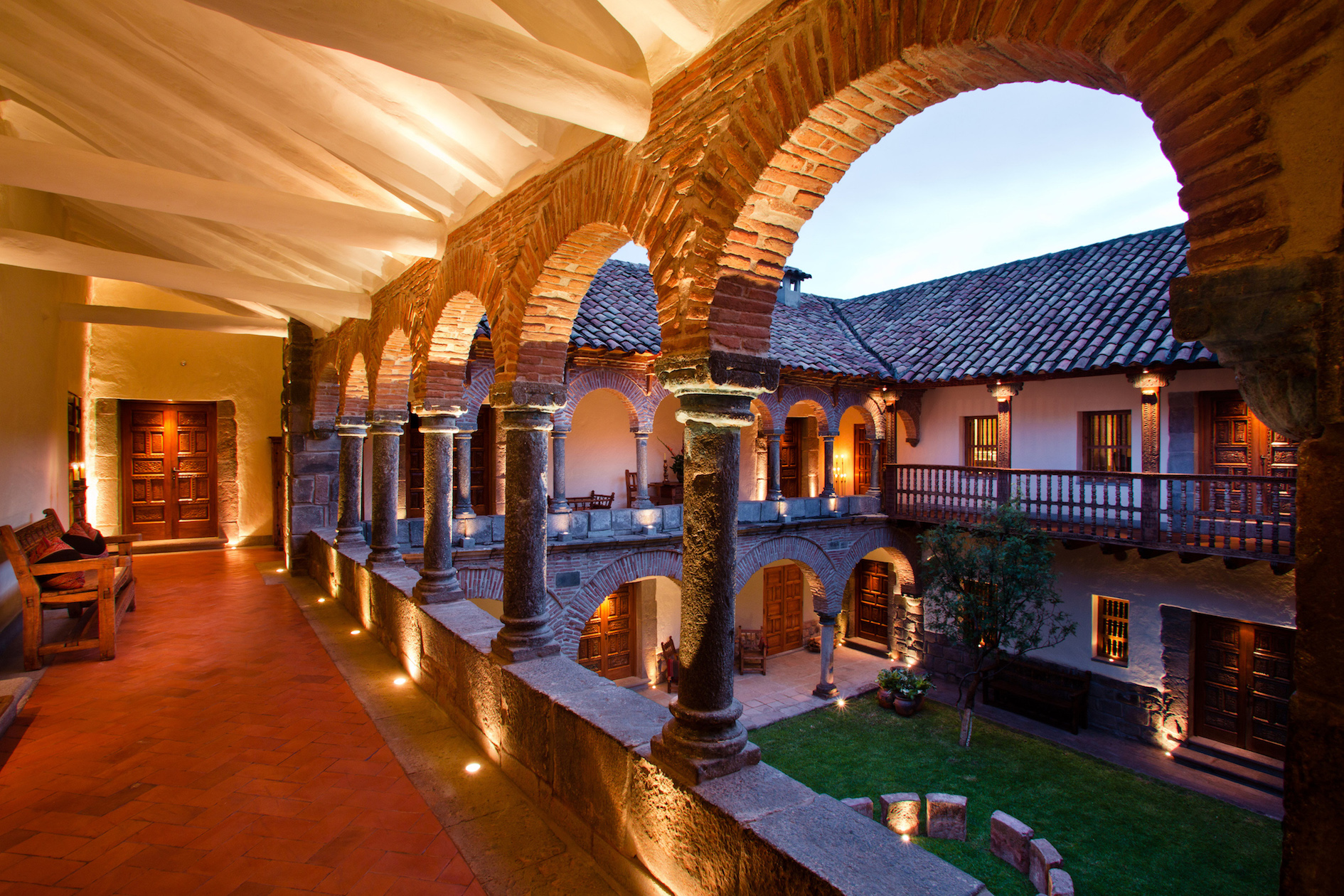
A stay at Inkaterra La Casona will further enrich guests’ knowledge on local history: the building is a 16th Century colonial manor, located on a cobbled street in the centre of Cusco. Staying true to its heritage, the luxury property beholds colonial furniture within the traditional stone walls which are hundreds of years old, so that guests can get an authentic experience of old-Peru and all of its rich history and culture.
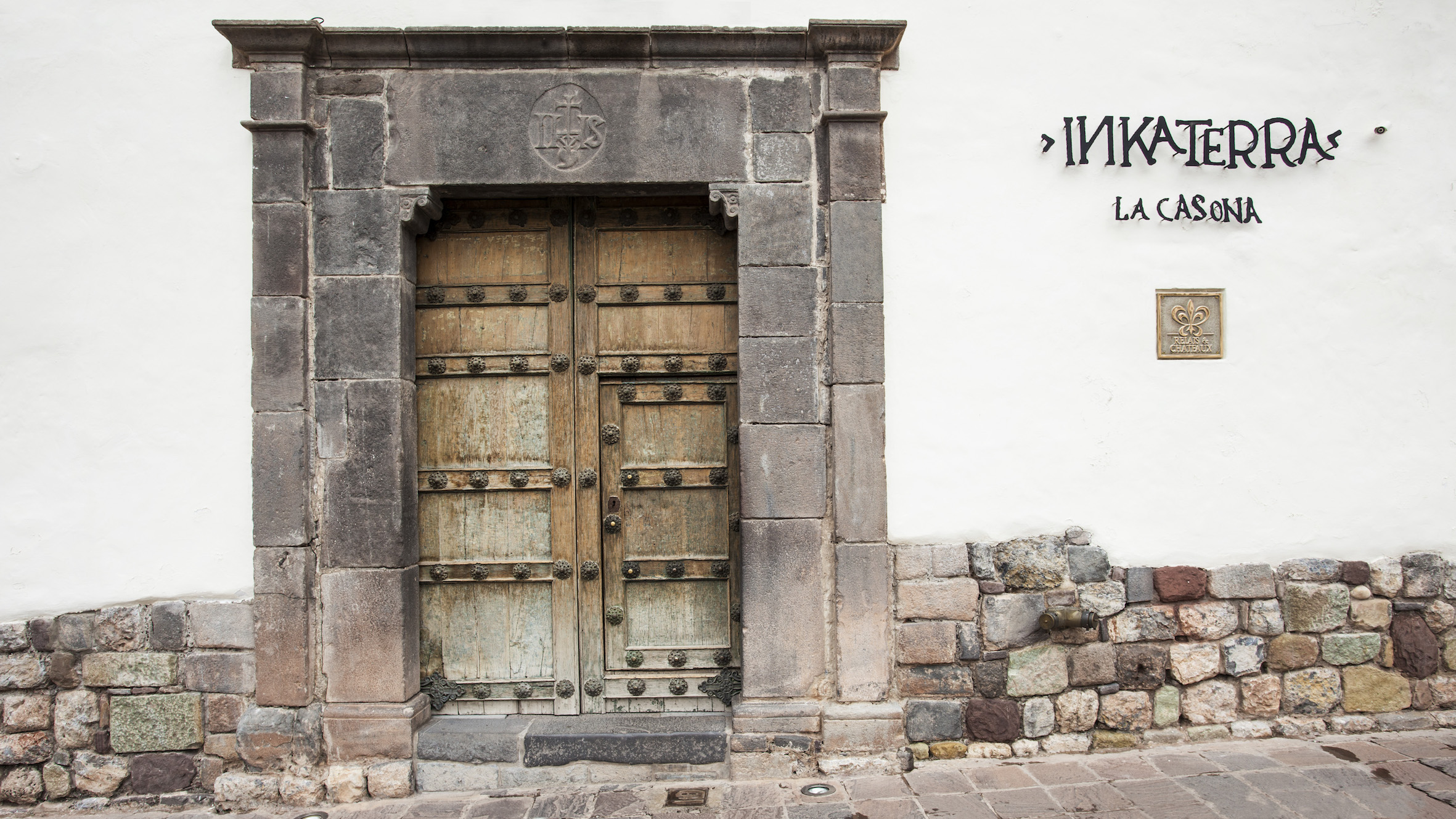
For more information on Inkaterra, please click here.
